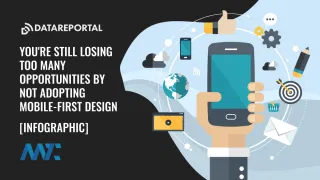The Mobile Network Code, or MNC, is a two- or three-digit number that identifies a specific mobile network operator within a given country. It works alongside the Mobile Country Code (MCC) to form a unique identifier that distinguishes every operator worldwide. Together, the MCC and MNC make up the first part of the International Mobile Subscriber Identity (IMSI), ensuring that every subscriber can be correctly routed and authenticated.
When a device connects to a network, the MNC signals which carrier the subscriber is associated with. For example, in the United States (MCC 310–316), different MNCs identify networks such as AT&T, T-Mobile, or Verizon. This distinction is crucial for accurate call routing, roaming management, and billing across global mobile networks.
Mobile Network Codes (MNCs)
- AT&T (United States): MCC 310, MNC 410
- T-Mobile (United States): MCC 310, MNC 260
- Verizon (United States): MCC 311, MNC 480
- Vodafone (United Kingdom): MCC 234, MNC 15
- O2 (United Kingdom): MCC 234, MNC 10
- Deutsche Telekom (Germany): MCC 262, MNC 01
- Orange (France): MCC 208, MNC 01
- NTT DoCoMo (Japan): MCC 440, MNC 10
Operators with MNCs
- AT&T (United States): 310–410
- Deutsche Telekom (Germany): 262–01
- NTT DoCoMo (Japan): 440–10
- O2 (United Kingdom): 234–10
- Orange (France): 208–01
- T-Mobile (United States): 310–260
- Verizon (United States): 311–480
- Vodafone (United Kingdom): 234–15
The MNC gives precision to subscriber identification by narrowing down the carrier within the MCC’s country code. This ensures seamless authentication and reliable service both domestically and internationally.
